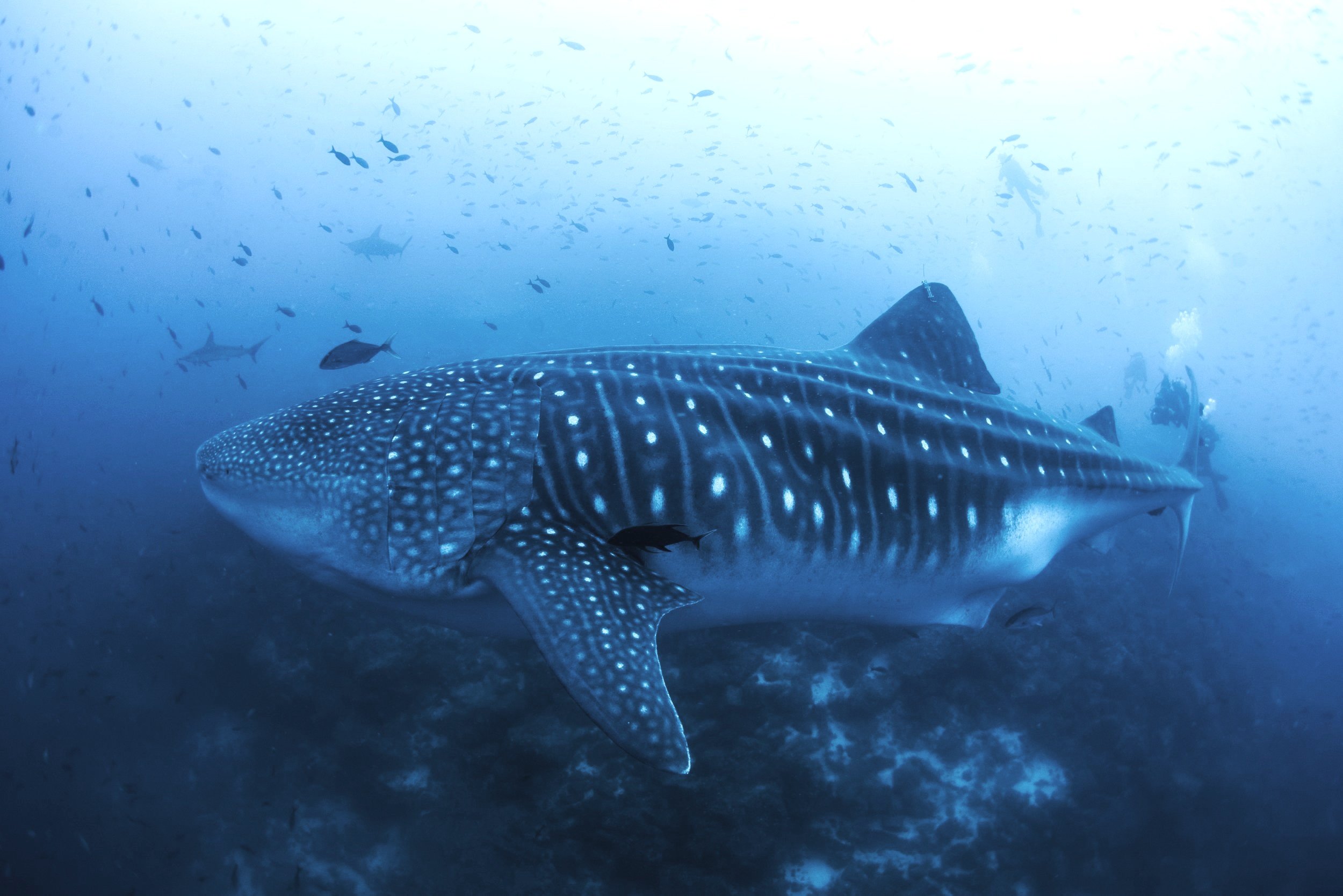Photo of seabirds nesting among plastics – commended in photography competition
A photo of gannets using discarded nets and ropes to build their nests highlights the increasing problem of plastic pollution for marine life. The image was highly commended in the 2020 Underwater Photographer of the Year competition this week.
Dr. Simon J Pierce, a principal scientist at the Marine Megafauna Foundation and wildlife photographer for Nature Tripper, captured the image at Runde Island, off the southern coast of Norway. The island is a seasonal home to over half a million seabirds, including the northern gannets he was there to photograph.
“We were bouncing around in a small boat, so it was tough to compose a photo. I could see some colour among the gannets’ nests on the cliff, and I was pretty sure there weren’t supposed to be bright colours in seabird nests, so I bumped my shutter speed up and hoped for the best. When I downloaded the pictures to my computer later, I just gasped. The nests were overflowing with fishing debris,” says Pierce.
Gannets normally build their nests from seaweed and grass floating on the ocean’s surface near the island. Increasingly, the seabirds are using discarded netting, ropes, and packaging straps from fisheries instead. This fishing waste seems to be becoming more common than the natural materials they instinctively gather. A recent survey at Runde Island found that 97% of nests contained man-made debris. Newborn chicks, and even adult gannets, are routinely entangled and killed in these tough and non-biodegradable materials.
Peter Rowlands, Chair of the Judging Committee for the Underwater Photographer of the Year competition in 2020, added, “We have given them no choice. Their natural materials of seaweed and grass have been smothered by indestructible ghost traps which fishermen have lost or intentionally discarded. We, and the fishermen especially, should hang our heads in shame and then do everything in our power to reverse this.” Pierce’s image of the gannets was highly commended in the “Marine Conservation” category of the competition.
Scientists are increasingly revealing the insidious threat posed by plastic pollution. The Marine Megafauna Foundation is a non-profit organisation researching manta rays, whale sharks and other large marine animals threatened with extinction. Elitza Germanov, also a researcher from the Marine Megafauna Foundation and PhD candidate at Murdoch University, has been investigating the presence of plastics in feeding areas used manta rays and whale sharks in Indonesia. “Manta rays and whale sharks are large filter-feeding fish that can ingest microplastics directly from polluted water or indirectly through the contaminated plankton they feed on,” says Germanov. With time, plastics break down into smaller pieces called microplastics that these large marine filter feeders might accidentally scoop up because they float among their prey.
Germanov’s research found that reef manta rays foraging in the waters off Bali and in Komodo National Park may swallow up to 63 pieces of plastic every hour. Whale sharks that seasonally visit the island of Java are even more affected, ingesting up to 137 bits of plastic each hour.
Pierce says that, for the gannets at least, a quick turnaround in fortune is possible: “Reducing the fishing pressure near nesting colonies has been shown to lead to fast and measurable declines in the number of affected nests. That suggests a range of practical solutions, such as reducing the pollution from the fishing boats themselves, minimise net fisheries in the local region, or create protected areas that allow the ecosystem and nesting areas to recover.”
“There’s a lot we can do as consumers,” added Pierce. “But it’s clear that industries that use plastics in single-use packaging, and the fishing industry that is responsible for a lot of the discards seen here in Norway, need to come to the table and help to fix this.”
– END –
Further reading
Behind the lens with Photographer Simon J Pierce
Net Loss: Photographing Seabirds and Plastic Pollution in Norway











MMF’s dedicated research across Mozambique, Tanzania, Madagascar, Qatar, Oman, and Mayotte has been instrumental in identifying these key habitats.